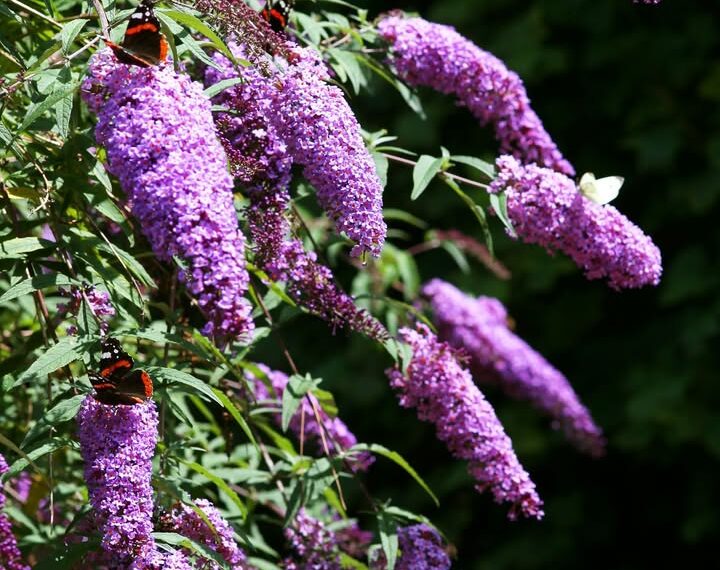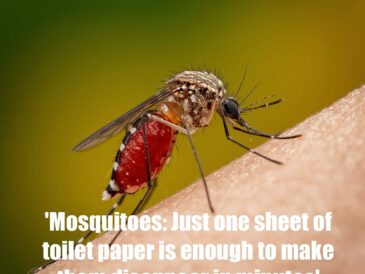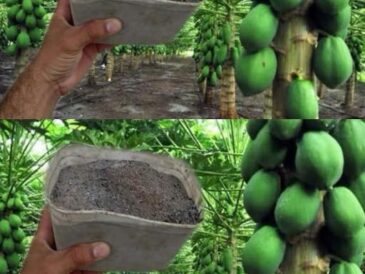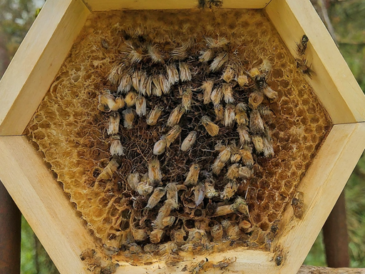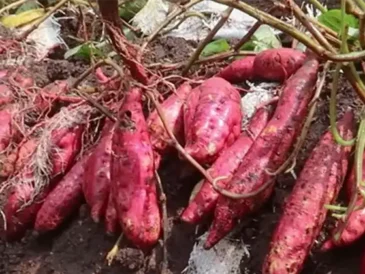Butterfly bush (Buddleja davidii) has been praised for its vibrant blooms, easy maintenance, and, most notably, its ability to attract butterflies. But what if we told you that this plant is more harmful than helpful? Despite its innocent name and colorful flowers, growing butterfly bush may be doing more damage to the environment than you realize. Let’s break down the reasons why planting this popular shrub might be one of the worst choices for your garden.
What Is Butterfly Bush?
Butterfly bush is a flowering shrub native to Asia, especially China. It’s known for its cone-shaped, sweet-smelling blooms that come in purple, white, pink, and blue. With its fast growth and flashy appearance, it became a gardening favorite, especially for people looking to create a “butterfly-friendly” yard.
The Allure of Butterfly Bush: What Makes It So Tempting?
- Bright, colorful blooms that last from summer to fall.
- Promoted as a magnet for butterflies.
- It’s low maintenance – drought-tolerant and hardy.
- Grows fast and covers space quickly.
But just because it’s popular doesn’t mean it’s a good idea.
Debunking the Myth: Is Butterfly Bush Good for Butterflies?
Here’s the truth: butterfly bush might attract adult butterflies with its nectar, but that’s where the benefit ends.
- No support for caterpillars: Butterflies need host plants to lay eggs and feed their larvae. Butterfly bush doesn’t provide this.
- Lifecycle disruption: Butterflies might lay eggs nearby, where caterpillars can’t find proper food, leading to higher mortality.
- A study published in the journal Ecological Entomology found that native milkweed supports 25 times more caterpillars than butterfly bush.
So yes, it feeds adults but offers nothing for the next generation — it’s like inviting guests to a party but offering no beds to sleep in.
It’s an Invasive Species
Butterfly bush is aggressive and spreads like wildfire. In many regions, it’s listed as invasive, meaning it grows outside of cultivation and outcompetes native plants.
- Spreads through seeds: Each plant can produce over 40,000 seeds per year.
- Takes over roadsides, fields, and riverbanks.
- Chokes out native flora, which other insects and birds depend on.
Real-World Cases
- Pacific Northwest (USA): Heavily infested with butterfly bush; it’s now banned for sale in Oregon.
- United Kingdom: Considered invasive and responsible for disrupting railway banks and stone structures.
Harm to Native Pollinators and Plants
By dominating the area, butterfly bush prevents the growth of native plants that truly support biodiversity.
- Pollinator imbalance: Native bees, wasps, and beetles may not use it effectively.
- Host plant loss: Other vital plants like milkweed, goldenrod, and asters are crowded out.
- Ecological trap: Butterflies are drawn in but find no suitable environment to lay eggs or grow.
Not a Resource for Wildlife
While it might attract butterflies, butterfly bush provides no value to birds, bees, or other wildlife:
- Doesn’t offer pollen for bees.
- Doesn’t produce berries or seeds for birds.
- Offers no nesting or cover for small creatures.
In short, it’s a decorative dead-end.
Environmental Management Problems
The cost of keeping butterfly bush under control is high:
TO CONTINUE READING THE ARTICLE PLEASE SEE PAGE 2
